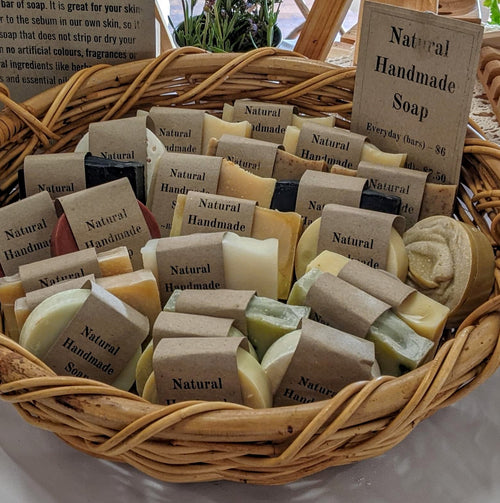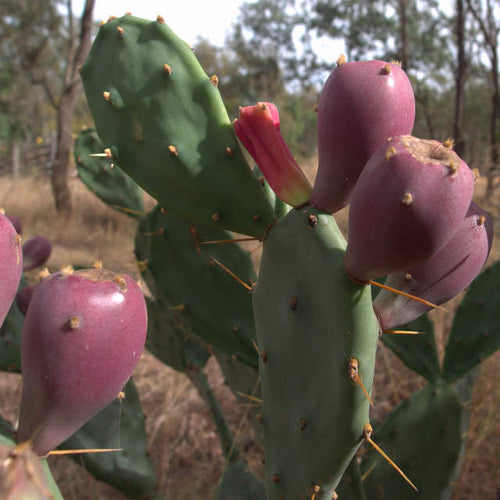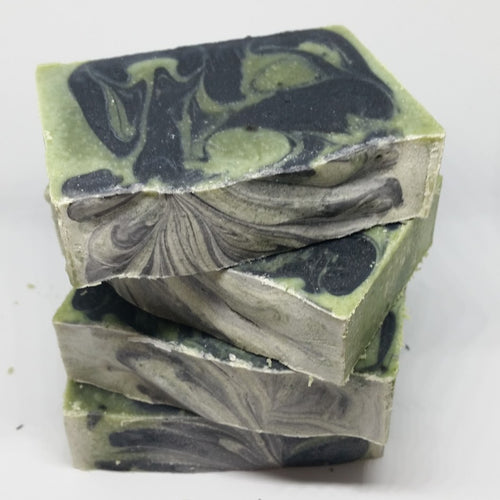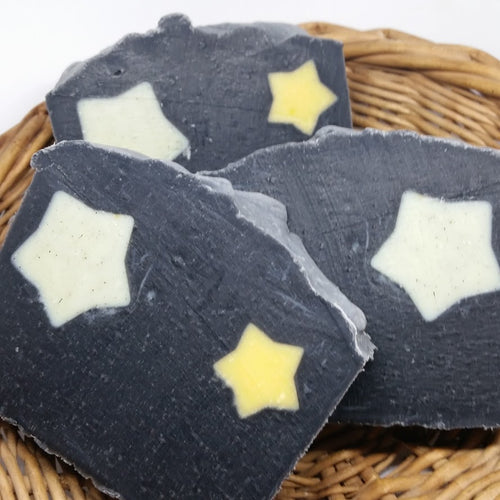Plastic-free Conditioner Bars
After I started using a shampoo soap instead of shampoo in a plastic bottle, I really wanted to make a conditioner bar as well. This was after I tried NOT using conditioner, but it became pretty obvious that conditioner was necessary for my hair. I wanted a plastic-free option, so I tried a condition bar, and then of course I wanted to make my own.
I hesitated about making a conditioner bar because I struggled to find "natural" ingredients. Eight Acres is all about handmade, natural and sustainable, and it wasn't easy to find a conditioner recipe that would work. However, I eventually decided that close enough was good enough if I could also help people to reduce their plastic consumption and offer a conditioner bar to go with my shampoo soap bar.
What is conditioner?
Conditioner works by smoothing the hair’s cuticle, which strengthens the hair shaft, preventing breakage. Hair that has been washed without conditioner feels dry, brittle and static. The key ingredient in conditioner that has this effect is the cationic surfactant. I could not find a "natural" source for this.
Other ingredients, like butters, oils and proteins help to nourish the hair. It was easy to find natural sources for these ingredients. I've listed out each of the ingredients and its purpose below.
What is a conditioner bar?
A conditioner bar is a solid form of conditioner, so you don't need a plastic bottle. The conditioner bar doesn't foam like a shampoo soap bar, but it does melt/dissolve in wet hands, which you can them smooth through your hair. Its surprising how little you actually need (the bars last a LONG time - which just proves that the bottle of conditioner are mostly water).
What are the natural alternatives to conditioner?
I've read about people using apple cider vinegar (ACV) after using shampoo soap or baking soda. This reduces the pH of the hair and scalp but does not "condition" the way a cationic surfactant will.
You can also make bars with oils/butters and beeswax etc like a lotion bar. Again, this lacks the key ingredient, it will add oil to your hair, but will not achieve the smoothing effect for the cationic surfactant.
If either of the above work for you and your hair, that's excellent, you've just found a natural alternative to conditioner. Unfortunately, for most people they just don't do the job,
Should I use a conditioner bar?
If you've tried using no conditioner, or the alternatives above, and you're not happy with the results, so you have had to accept that you need to use some form of conditioner, at least a conditioner bar is a plastic-free option. Its going to last a long time, its easy to travel with (if we can ever travel again) and its no worse than what you buy in plastic bottles already.
OK, what's in these conditioner bars?
Let's have a closer look at the ingredients and what they do....
Cationic Surfactant - as I mentioned above, this is smoothing your hair cuticle and reducing static. It is made from vegetable oils.
Cetyl Alcohol - derived from palm or coconut oil, this is an emulsifier that helps to distribute the oils through your we hair.
Cocoa Butter - cocoa butter is a natural emollient that has healing and softening properties and will make your hair healthy and shiny
Jojoba Oil - is actually a wax ester, similar in both structure and function to the sebum naturally produced by our skin.
Argan Oil - contans unsaturated fatty acids (oleic and linoleic acid) and antioxidants (vitamin E and polyphenols), which helps to hydrate the hair.
Glycerine - a humectant (helps to attract water) derived from plant oils
Oat Protein - hair is made from protein, so it helps to add more.
Panthenol (Vitamin B) - is a humectant, emollient, glossifier, detangler and moisturizing agent.
Vitamin E - antioxidant to make the oils last longer.
Essential Oils - a natural citrusy sweet fragrance of Grapefruit, Orange, Cedarwood Atlas, Ylang Ylang, Lime, and Neroli.
Are these conditioner bars Handmade, Natural, Sustainable?
They are 100% handmade by me!
They are as natural as possible without removing the key ingredients. The cationic surfactant and emulsifiers are both processed from palm or coconut oil (and I don't know the exact source of my ingredients at this stage). The more I sell, the more I will be able to buy bulk ingredients and ensure that they are NOT made from palm oil.
They are more sustainable than using conditioner in a bottle - the packaging options are a biodegradable cellophane bag or a re-usable tin. No more plastic bottles!
Have you tried a conditioner bar? Do you love it?























Leave a comment